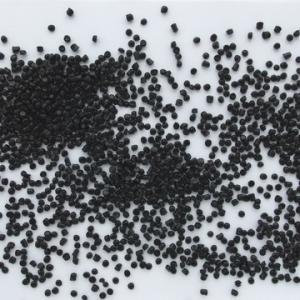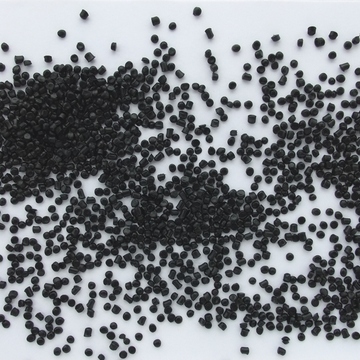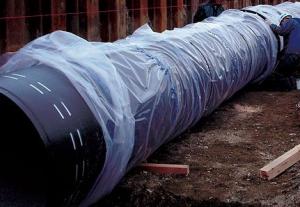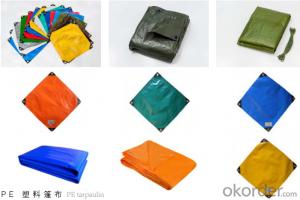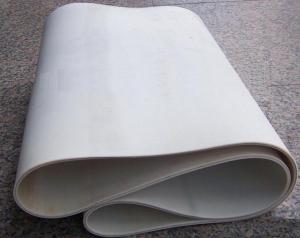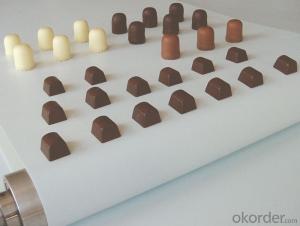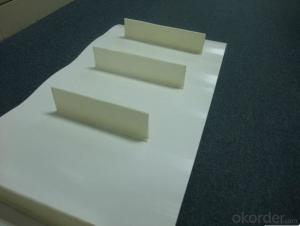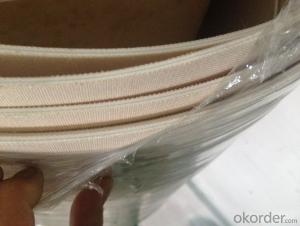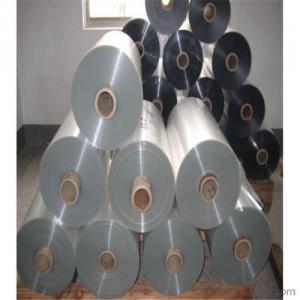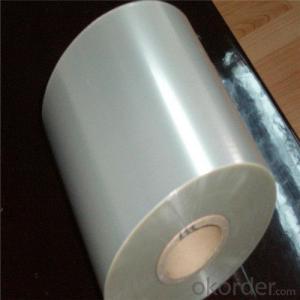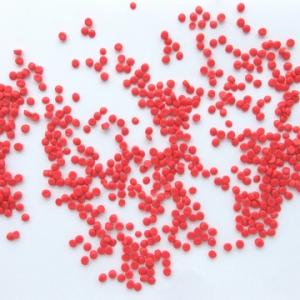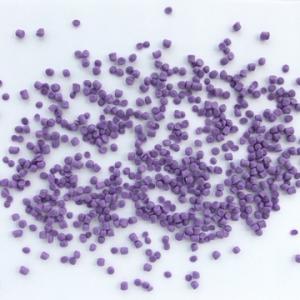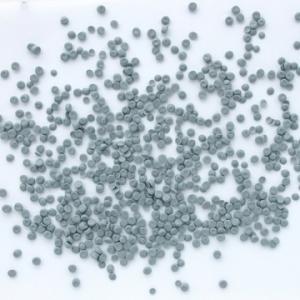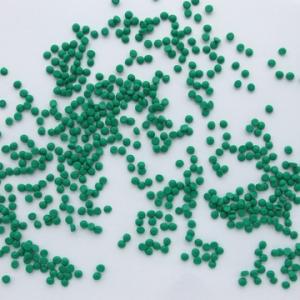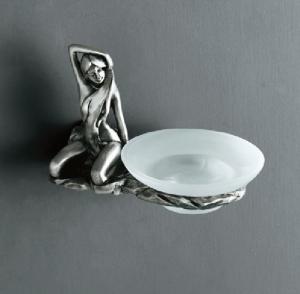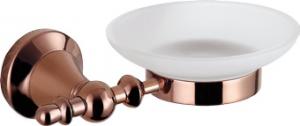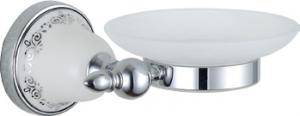Low-smoke, low-halogen and flame retardant PVC compound
- Loading Port:
- Shanghai
- Payment Terms:
- TT OR LC
- Min Order Qty:
- -
- Supply Capability:
- 3000 Tons kg/month
OKorder Service Pledge
OKorder Financial Service
You Might Also Like
Low-smoke, low-halogen and flame retardant PVC compound
I. Type and application
Type | Product | Application and Cable Specification |
DJ-70N | 70℃Low-smoke, low-halogen and flame retardant PVC insulating compound | Insulation of flame retardant wires and cables which operation temperature is at 70℃ with the demand of low-smoke, low-halogen |
DH-70N | 70℃Low-smoke, low-halogen and flame retardant PVC jacket compound | Jacket of flame retardant wires and cables which operation temperature is at 70℃ with the demand of low-smoke, low-halogen |
DJ-90N | 90℃Low-smoke, low-halogen and flame retardant PVC insulating compound | Insulation of flame retardant wires and cables which operation temperature is at 90℃ with the demand of low-smoke, low-halogen |
DH-90N | 90℃Low-smoke, low-halogen and flame retardant PVC jacket compound | Jacket of flame retardant wires and cables which operation temperature is at 70℃ with the demand of low-smoke, low-halogen |
II. Product description
Low-smoke, low-halogen and flame retardantPVC compound for cables and wires, based on PVC resin, is made into granula byspecial technology with adding special plasticizer, stabilizing agent, flameretardant, smoke suppressant, HCL absorber and other special agents. Thecompound has well performance of flame retardant. It has low smoke and lowburst size of HCL when burning. The produced wires and cables have 60% lighttransmittance. The products meet various special requirements, UV stable,environment friend (RoHs, REACH, PAHs, chlorinated alkanes free, phthalate free, and etc.), sub-shine and fogsurface, rodent-repellent, termite-repellent, and etc.
III. Processing
It is recommended that compound should beprocessed with common extruder having a minimum L/D ratio of 20. Non-specialrequirements of equipment and processing are needed.
The following temperature(℃)profile of extruder is recommended:
Zone | Zone 1 | Zone 2 | Zone 3 | Zone 4 | Head | Die |
Temperature ℃ | 140 | 160 | 170 | 175 | 180 | 175 |
IV. Storage and transport
Packaging:25kg/bag, PE membrane inside bag and Kraft outsidebag.
Storage andtransport: Avoiding in direct sunlight and weathering. The storage place shouldbe in clean, cool, dry, and ventilated conditions.
Ⅴ、Properties
Table
Item | Unit | Standard Value | ||||
DJ-70N | DH-70N | DJ-90N | DH-90N | |||
Tensile Strength | ≥ MPa | 15.0 | 15.0 | 16.0 | 16.0 | |
Elongation at Break | ≥ % | 150 | 180 | 150 | 180 | |
Impact Brittleness Temperature | ℃ | -15 | -20 | -15 | -20 | |
Volume Resistivity, at 20℃ | ≥ Ω﹒m | 1.0×1011 | 1.0×109 | 1.0×1011 | 1.0×109 | |
Volume Resistance at working temperature | Temperature | ℃ | 70±1 |
| 90±1 |
|
Volume Resistance | ≥ Ω﹒m | 1.0×108 |
| 1.0×108 |
| |
Dielectric Strength | ≥ MV/m | 20 | 18 | 20 | 18 | |
Hot Deformation | ≤ % | 40 | 50 | 40 | 50 | |
Thermal Stability Time at 200℃ | ≥ min | 60 | 60 | 80 | 80 | |
Oxygen Index | ≥ | 30 | 30 | 30 | 30 | |
Thermal Aging |
|
|
|
|
| |
Aging Temperature | ℃ | 100±2 | 100±2 | 100±2 | 100±2 | |
Aging Time | h | 168 | 168 | 240 | 240 | |
Tensile Strength after aging | ≥ MPa | 15.0 | 15.0 | 16.0 | 16.0 | |
Variation on Tensile Strength | % | ±20 | ±20 | ±20 | ±20 | |
Elongation at Break after aging | ≥ % | 150 | 180 | 150 | 180 | |
Variation on Elongation at Break | % | ±20 | ±20 | ±20 | ±20 | |
Loss of Mass after aging | ≤ g/m2 | 20 | 23 | 15 | 15 | |
Burst Size of HCL | ≤ mg/g | 100 | 100 | 100 | 100 | |
Smoke Density (NBS method, non flaming condition) | ≤ | 300 | 300 | 300 | 300 | |
Smoke Density (NBS method, flaming condition) | ≤ | 300 | 300 | 300 | 300 | |
- Q: Is chlorine dioxide corrosive to plastic products?
- As long as there is no water or steam, it does not react.
- Q: How long does an olive net last?
- The lifespan of an olive net can vary depending on various factors such as the quality of the net, its maintenance, and the frequency of use. On average, a well-maintained olive net can last for several years, ensuring efficient harvests season after season.
- Q: What harm does it take to eat hot food with plastic?
- If a plastic bag containing more than 50~60 degrees of food is used, the lead in the bag will dissolve into the food, and the plastic bag will release poisonous gas and invade into the food. Long term intake of the human body can seriously impair health and cause disease. Especially hot food, high temperature will make the poisonous substances in plastic absorbed by food, once entered the body will cause accumulation of towel poison, so when the hot food, must not mess with plastic bags.
- Q: Can olive nets be used for both young and mature olive trees?
- Yes, olive nets can be used for both young and mature olive trees. Olive nets are typically used to protect the crop from birds and to collect the fallen olives during harvesting. Both young and mature olive trees can benefit from the use of olive nets to minimize crop damage and facilitate the collection process.
- Q: Can olive nets be used in combination with pruning?
- Yes, olive nets can be used in combination with pruning. Pruning involves trimming or cutting the branches of olive trees to promote better growth, fruit production, and overall health. Olive nets, on the other hand, are used to catch the olives that fall during harvesting, preventing them from getting damaged or lost. By pruning the tree before setting up the nets, it can provide easier access to the olives and ensure a more efficient harvest.
- Q: Do olive nets damage the olive tree?
- No, olive nets do not damage the olive tree. Olive nets are specifically designed to protect the olives from birds and other pests, while allowing air and sunlight to reach the tree. They are made of a material that is gentle on the branches and leaves, ensuring minimal impact on the tree's health and growth.
- Q: Can olive nets be used in both commercial and home olive orchards?
- Yes, olive nets can be used in both commercial and home olive orchards. Olive nets are commonly used in commercial orchards to facilitate the harvesting process by capturing the falling olives. Similarly, they can also be utilized in home olive orchards to ease the collection of olives and protect them from damage caused by falling to the ground.
- Q: Can olive nets be used for olive tree protection from animals?
- Yes, olive nets can be used for olive tree protection from animals. These nets are specifically designed to prevent animals, such as birds and rodents, from accessing the olive fruits. The nets are placed over the trees, creating a physical barrier that deters animals from reaching the olives, ensuring their protection.
- Q: Are there any environmental concerns related to the use of olive nets?
- Yes, there are some environmental concerns related to the use of olive nets. Olive nets are often used to collect olives during harvest season, but they can have negative impacts on the environment. One concern is that the nets can cause damage to the olive trees, leading to decreased productivity and potential long-term harm to the trees. Additionally, olive nets can also trap and harm non-target wildlife, such as birds and insects, which may become entangled or injured in the nets. It is important to use olive nets responsibly and adopt measures to mitigate these environmental concerns.
- Q: Can olive nets be used in small backyard olive tree gardens?
- Yes, olive nets can be used in small backyard olive tree gardens. Olive nets are commonly used to protect the olives from birds and other pests during the ripening season. They can be easily installed and removed, making them suitable for small gardening spaces.
Send your message to us
Low-smoke, low-halogen and flame retardant PVC compound
- Loading Port:
- Shanghai
- Payment Terms:
- TT OR LC
- Min Order Qty:
- -
- Supply Capability:
- 3000 Tons kg/month
OKorder Service Pledge
OKorder Financial Service
Similar products
Hot products
Hot Searches
Related keywords
